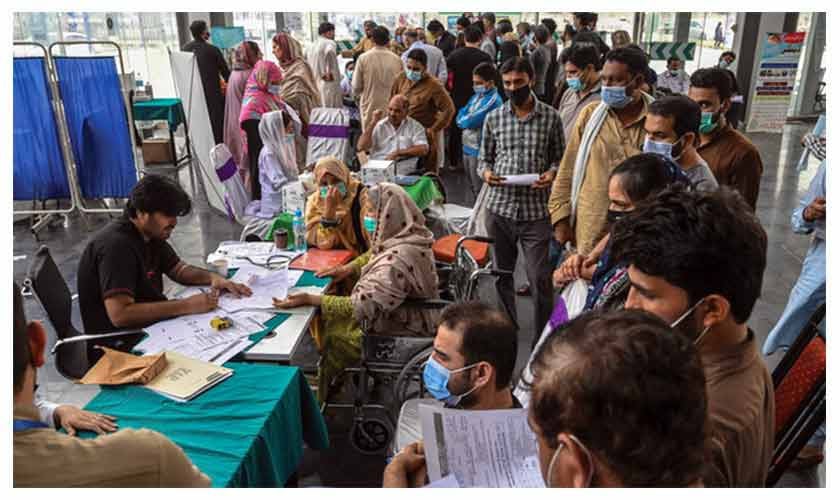
Affording care
Mental Health: A Basic Human Right Yet Unequally Accessible
Mental health is a basic human right for all people, according to the World Health Organization (WHO). Everyone, wherever they are and whoever they may be, has the right to standard mental health care. However, access to mental health services remains unequal across different populations and regions. This disparity is influenced not only by stigma but also by geographical location and systemic neglect.
### Barriers to Mental Healthcare Access
In theory, every person has the right to mental healthcare, but in practice, many cannot even afford the bus fare to reach a psychiatrist, let alone cover other associated expenses. Numerous barriers prevent people from seeking mental health services, including:
– Stigma
– Fear of being judged
– Embarrassment
– Cost of treatment
When someone suggests seeing a psychiatrist, many people may nod in agreement, but fewer actually follow through. This highlights that the obstacles go deeper than stigma and ignorance. Financial constraints are a critical, often unspoken factor affecting access.
### Global Shortage of Mental Health Professionals
In the United States, for example, only 47 percent of people with mental health needs received services in 2021. There is a notable shortage of mental health professionals, especially in rural areas where psychiatrists are scarce. Specialized fields such as child, adolescent, and geriatric psychiatry also face limited availability.
Countries like Bangladesh, Nigeria, and Kenya have fewer than one mental health professional per 100,000 people. According to the WHO Mental Health Atlas 2020, there are approximately 800 psychiatric units in general hospitals worldwide, with only 2.1 beds available per 100,000 population. While outpatient psychiatric facilities exist, only 1 percent of these provide child and adolescent mental health services.
About 51 percent of psychiatrists work in urban private facilities, concentrating mental health care in cities and limiting access for rural populations. Around 45 percent work in the public sector. Pakistan, with a population of 255 million, currently has only 900 psychiatrists, severely impacting access to care. This shortage affects both developing and developed countries.
### Geographic Disparities and Hidden Costs
Mental health facilities are predominantly located in urban areas, making access even more difficult for people living in rural and peri-urban regions. There are a few specialized centers focusing on child, adolescent, geriatric, and addiction-related issues, but overall availability remains limited.
Beyond direct treatment costs, hidden expenses create significant obstacles. A study published in 2025 revealed that many patients with mental illness do not seek help due to the financial burden. Patients and caregivers often must consider:
– Transport fare to healthcare facilities
– Lost wages due to work absence
– Long waiting hours at clinics
These hidden costs go unnoticed in official records but heavily strain families already coping with mental health challenges. In public sector hospitals, outpatient departments (OPDs) may see 300 to 400 patients daily, with a single psychiatrist assessing about 50 patients per day. This volume limits the ability to provide adequate care.
For rural patients, the intersection of financial burden and mental health issues further aggravates distress. Additionally, the cost and availability of medication represent another barrier. Many patients discontinue treatment because they cannot afford their medicines.
A survey report indicated that among those who accessed mental healthcare in the past year, about 12 percent spent more than 20 percent of their family income on treatment.
### The Human Cost
What happens when mental healthcare is unaffordable and inaccessible? Depression deepens, anxiety worsens, and individuals’ functionality declines. The burden often falls on families, affecting their mental health as well. Moreover, untreated mental illness leads to billions of dollars lost in productivity worldwide. In countries like Pakistan, inadequate mental health services contribute to cycles of poverty and despair.
### Innovation and Hope
Despite these challenges, hope persists through community-based programs and innovative approaches:
– **Thinking Healthy Programme (Pakistan):** Focuses on improving maternal and child health through mental health support.
– **WHO Parents Skills Training Programme:** Delivered to volunteers in rural Pakistan, this program provides awareness about developmental disorders.
– **Public Awareness Campaigns:** Radio, television, and social media platforms help raise mental health awareness.
– **COVID-19 Mental Health Coalition (Pakistan):** The first coalition brought organizations together to develop strategic plans and advocate nationally.
– **Government Initiatives:** The Ministry of Planning, Development, and Special Initiatives launched a multilayered, digitalized mental health program to foster intersectoral collaboration and reduce service gaps.
### What Must Change?
To improve mental healthcare access, several measures are essential:
– **Increase Mental Health Facilities:** Expand the number of treatment centers, especially in underserved areas.
– **Expand Training Opportunities:** Develop more postgraduate training centers to grow the mental health professional workforce.
– **Strengthen Rural Healthcare:** Integrate mental health services into rural primary healthcare.
– **Scale Up Tele-mental Health:** Use telemedicine to reach remote communities with affordable mental health care.
– **Promote Community-Based Models:** Programs like Thinking Healthy and counseling integration into primary healthcare can bridge economic and geographical gaps.
### Conclusion
Access to mental health care is not only about acceptance or awareness—it is equally about affordability. If care remains financially out of reach, many will remain silent and untreated. Mental health is a fundamental human right and must be made accessible to all, supported through public funding and compassionate policy.
By prioritizing mental health accessibility, particularly for marginalized and rural populations, we can move closer to a world where everyone has the opportunity to live a mentally healthy life.
https://www.thenews.com.pk/tns/detail/1350041-affording-care

